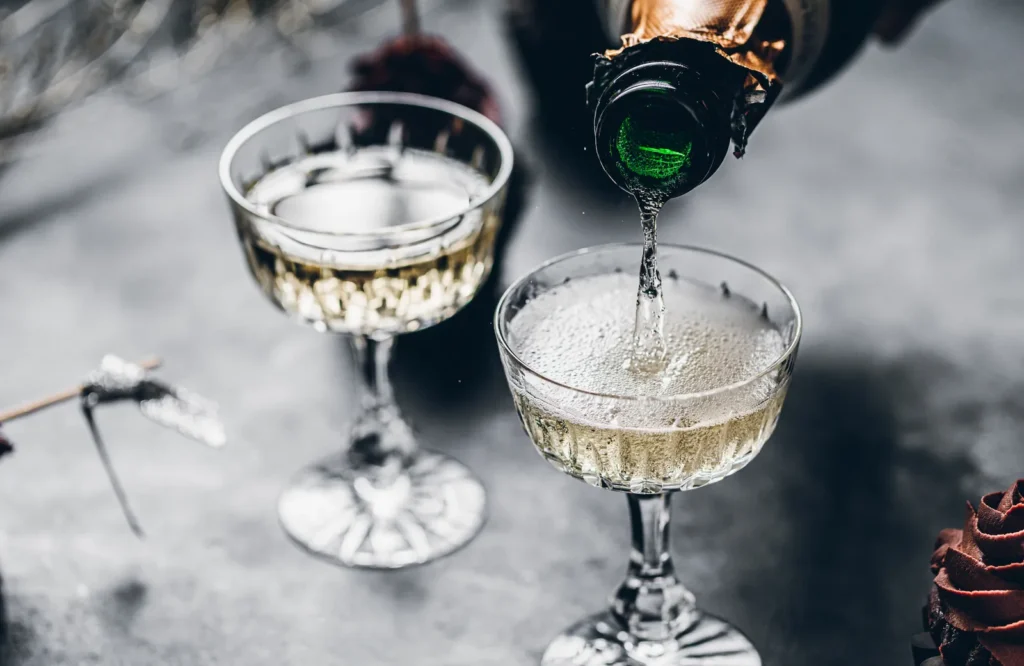Most people pop a bottle of champagne to mark a special occasion—something worth celebrating. And if the bottle is of decent quality, chances are it didn’t come cheap.
Champagne holds a different cultural weight than, say, wine or tequila. It’s the drink of toasts, of milestones, of once-in-a-while elegance. But what happens when the celebration ends but the bottle doesn’t?
We know alcohol can last a long time unopened—wine, for example, often gets better with age—but once that cork is popped, the clock starts ticking. And if you’re not careful, you could end up pouring those bubbles down the drain.
Take wine: once opened, it typically lasts three to five days in the fridge before it starts to turn. Champagne is no different. Leave it open too long, and it loses its sparkle—literally.
So, how long does an opened bottle of champagne actually last?

The moment you open it, champagne begins to deteriorate. That doesn’t mean you need to finish the entire bottle immediately, but don’t wait too long either. According to experts, champagne should ideally be consumed within three to five days of opening. After that, its signature fizz, flavor, and aroma begin to fade fast.
Storage is key. Champagne should always be sealed with a proper stopper and stored in the fridge. If not sealed properly, it may not even make it to the third day. As for other sparkling whites like Prosecco or Moscato, the window is even smaller—best consumed within three days.
Some sommeliers go further and suggest finishing the bottle the same day it’s opened. Champagne’s bubbles start disappearing shortly after the cork comes off, and there’s no getting them back.
How Long Does Unopened Champagne Last?
According to Southern Living, even unopened champagne comes with an expiration date, and how long it lasts depends on the type.
A vintage champagne (made from grapes harvested in a single year) can last up to 10 years if stored properly. Non-vintage champagne (a blend of grapes from multiple years), on the other hand, should be enjoyed within three to four years.
Storage conditions matter here, too. A bottle kept in a warm or bright place will deteriorate faster than one stored in a cool, dark cellar. And naturally, cheaper bottles tend to have a shorter shelf life.
How to Tell If Champagne Has Gone Bad
- The bottle’s been open for a while: If it’s been more than 5 days, give it a check. Oxidation can dull the flavor and kill the fizz.
- The cork looks off: A dry or shriveled cork is a sign the bottle may not be in great shape.
- Color change: Any noticeable shift in color means the champagne has aged past its prime.
- Taste test: Champagne that’s gone bad will taste flat and overly acidic.
- No “pop” sound: If there’s no hiss when you open the bottle, the bubbles are gone—and so is the charm.
- Cloudiness or sediment: A good champagne should be clear. If it looks cloudy or has floating bits, it’s best to toss it.
Champagne doesn’t last forever—especially after opening. So if you’re going to pop a bottle, make the most of it. Otherwise, you might be left with something that’s better suited for cleaning silver than sipping.
First published on gq.com.mx





